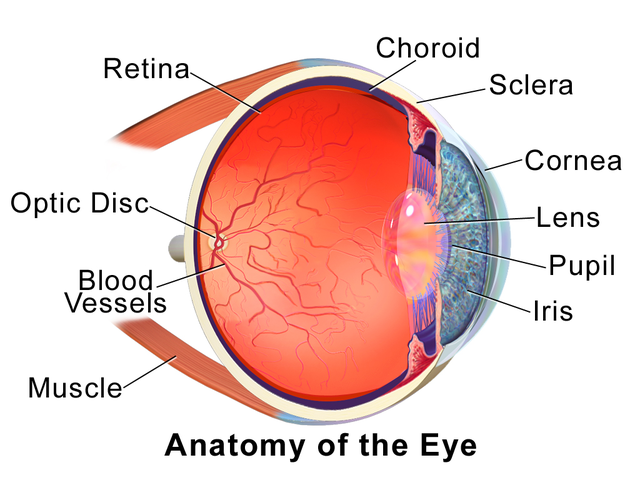We just learned about the Valve.
There are a lot of parts to a valve that make it work.
Most of the parts of the valve inside of it that you can't see are all together called the Valve Body.
Inside the valve body are the parts of the valve that open and close to let gas or liquid through.

(from: wikipedia - valve)
Kid Facts - Blast from the past: Mysorean Rockets





